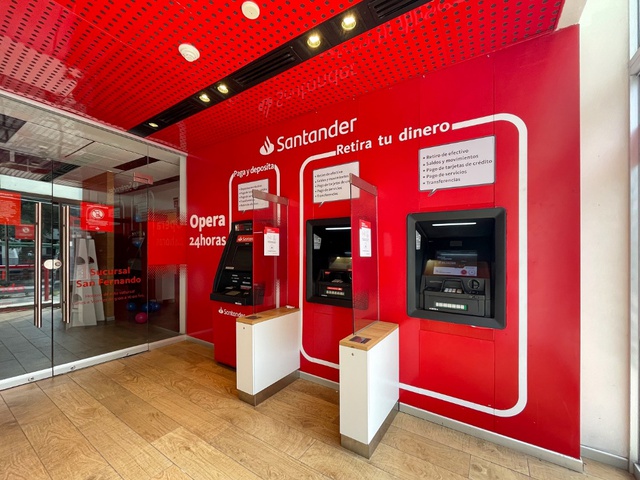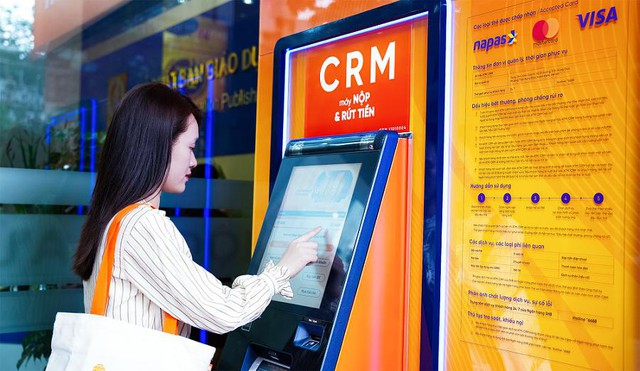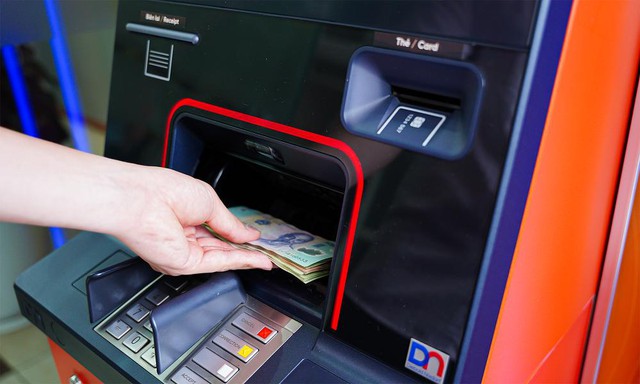The Inseparable Physical Touchpoint
Renowned American fintech expert Brett King, a pioneer in digital banking and customer experience, once stated in his book Bank 4.0, “Customers no longer distinguish between digital and traditional banks. They just want a consistent experience, whether they interact through an app, ATM, or branch. Omni-channel is no longer a choice but a matter of survival.”
The latest survey data shows that banks that fail to optimize their omni-channel experience will be left behind. A report from Humans of Globe (2024) indicates that 76% of customers are willing to leave a bank if they don’t provide a seamless omni-channel experience, while 89% desire a smooth interaction between channels such as apps, branches, hotlines, etc.
Even in the digital age, physical touchpoints remain indispensable. According to the article “Banking evolution: Key statistics shaping the future of customer experience” (April 2024) published in Latinia (Spain), approximately 82% of users still value having a nearby branch, even if they frequently use digital channels.

Santander Bank’s automated transaction machines (Poland)
Physical touchpoints, especially smart devices like CRM machines, play a unique role. When properly integrated, CRM machines not only reduce the burden on traditional counters but also serve as a crucial bridge between the physical and digital realms, contributing to the realization of the omni-channel banking model.
Santander Bank in Poland is a prime example of this approach. As one of the country’s largest banks, with over 658 transaction offices and 131 branches serving individual and SME customers, Santander has deployed 130 state-of-the-art CRM machines nationwide. These machines enable customers to deposit and withdraw cash or checks automatically, while also seamlessly integrating with the bank’s app and CRM software, ensuring a continuous connection across touchpoints.
As a result, Santander has reduced cash-handling costs at branches by nearly 50%, significantly lowered transaction traffic at counters, and optimized operational efficiency across its network. More importantly, the bank has successfully transformed the customer experience towards seamlessness, from online to offline, thereby laying the foundation for the self-service branch model as a pillar of its omni-channel strategy in Poland.
Vietnam Embracing the “Omni-channel” Trend
While European banks like Santander have reaped the benefits of smart CRM systems, some domestic banks in emerging markets like Vietnam are also taking strategic steps to modernize their customer experience.
For instance, SHB, despite being in its early stages compared to international financial groups, has witnessed positive signs in its transformation journey. The new-generation CRM machines are gradually helping less tech-savvy customers, such as workers, small traders, the elderly, and others, become familiar with self-service transactions in a familiar physical space.
This approach not only reduces counter congestion but also serves as an essential step towards building an omni-channel ecosystem that aligns with Vietnam’s reality, where digitization must be implemented harmoniously with local consumption behaviors and culture.

SHB customers independently performing transactions at CRM machines
At these CRM machines, customers can effortlessly conduct cash transactions 24/7, even outside of regular working hours or during holidays. With a smart design, the deposited cash is immediately available for subsequent withdrawals, reducing operational pressure and minimizing the common issue of ATMs running out of cash during peak seasons.
The entire process is fully automated, eliminating the need for manual paperwork while ensuring absolute security and privacy. CRM machines also serve as a reliable backup during phone battery drainage or network connection loss, empowering users to take control of their transactions and finances at any time.
Technically, the machine can accept up to 200 notes per transaction (equivalent to VND 100 million), with no limit on the number of transactions per day. The system also automatically sorts denominations and detects counterfeit or torn notes, reducing risks and errors commonly associated with traditional manual processes.

CRM machines with the function of quickly sorting denominations
According to SHB’s representative, the deployment of modern CRM systems is a strategic step towards building an omni-channel banking model, providing customers with a consistent experience across branches, mobile apps, and internet banking. This is not just a technological upgrade but also a commitment to creating a flexible digital financial ecosystem where customers can transact anytime, anywhere, in the most convenient way possible.
To date, SHB has installed CRM machines in over 20 provinces and cities, including economic hubs such as Hanoi, Ho Chi Minh City, Haiphong, and Can Tho. Despite their recent introduction, these machines already account for approximately 10% of total channel transactions and have helped reduce operating costs by 5% compared to traditional methods.
Looking ahead, SHB aims to aggressively expand its network of CRM machines nationwide in the fourth quarter of 2025 and throughout 2026, while also integrating additional digital conveniences such as cash deposits and withdrawals using QR codes or chip-enabled ID cards, enabling cardless transactions for customers.
As the boundaries between the digital and physical worlds continue to blur, SHB envisions transforming these automated transaction points into “smart connection stations” integrated with AI for customer recognition through biometrics, personalized product recommendations, and seamless connections to other digital channels. This evolution promises not only to enhance operational efficiency and keep pace with the global omni-channel trend but also to contribute to the realization of Vietnam’s digital economic development goals.
“Techcombank – Revolving Leadership, Optimizing the Power of the Ecosystem”
As of August 1st, 2025, the Techcombank – One Mount – Masterise Group ecosystem underwent a strategic shift with a leadership transition. This move underscores the ecosystem’s commitment to harnessing the synergy of finance and technology, solidifying its pledge to accompany the nation’s digital transformation journey by leveraging the pillar of talent.
“Digital Transformation Pays Off: HDBank Records Impressive 6-Month Profit of VND 10,068 Billion, with ROE Climbing to 26.5%”
“HDBank (HOSE: HDB) has announced its Q2 and H1 2025 financial results, boasting impressive profits exceeding VND 10,068 billion, a remarkable 23% increase compared to the same period last year. The bank continues to lead the industry with top-tier performance and operational efficiency, solidifying its position as a powerhouse in the Vietnamese banking sector.”
VCBS Ranks in the Top 10 Brokerage Firms by Market Share in 2024
Recently, the Ho Chi Minh City Stock Exchange (HOSE) unveiled the top 10 securities companies with the largest brokerage market share in Vietnam. This list showcases the leading firms in the industry, commanding a significant portion of the market and playing a pivotal role in shaping Vietnam’s burgeoning investment landscape.









































